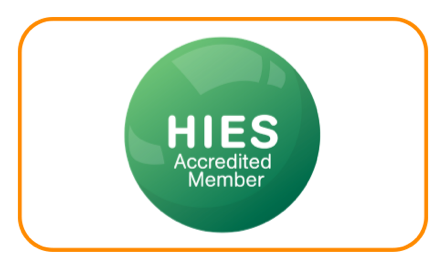We left off in March 2009 with the extension of LCBP-1 into LCBP-1e, well from then it was only a month later on April 3rd of 2009 that ‘Approved Installers’ was implemented, meaning that only installers under MCS could be used.
Now for the big change, the Feed In Tariff. It was initially introduced on 15th July 2009 offering people the opportunity after having their Solar PV systems installed from 15th to receive feed-in-tariff payments for energy generated from 1st April 2010. This was the big incentive scheme as up until now the benefits for Solar PV installations was cleaner energy for the environment and a reduced electricity bill, which of course are all well and good, but now with the added bonus of getting paid for using the Solar Panels that already reduce your electricity bill, it’s like having your cake and eating it too! The Scheme set to be launched in April 2010 was eagerly anticipated and would receive a warm welcome from new customers who were now able to focus on a large ROI (Return On Investment) over the lifetime of the PV system, rather than the initial cost of the panels and installation.
Before the Feed In Tariff launch though, December 2009 saw LCBP-2 and LCBP-2e stop new Solar PV applications while January 2010 saw the ‘Approved Products’ policy being adopted, no doubt to go hand in hand with the previous policy relating to ‘Approved Installers’, approved products were restricted to products listed under MCS and the MCS Transitional Arrangement. Finally the last change to a solar policy before April 2010 was the close of LCBP (Low Carbon Building Programme) to new applicants for electrical technology across all streams.
There’s still so much more to come, Part 3 should cover the Feed In Tariff and its progression from inception through to November 2012. The Feed in Tariff still runs as of the writing of this blog which means November 2012 isn’t the last date a policy change / introduction has affected Solar PV.















